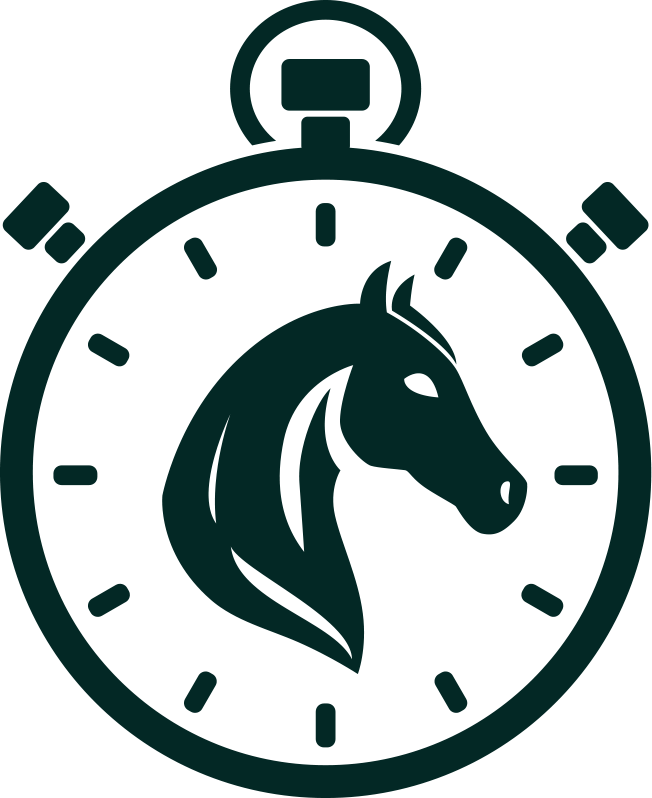Breeding mares in northern climates like Montana and North Dakota comes with challenges such as limited daylight and increased winter feed demands. Mares in these climates won’t cycle until late April or May due to reduced daylight during winter and early spring. To trick mares into cycling earlier, they need 16 hours of light and 8 hours of dark, which can be achieved with artificial lighting.
Horse owners may prefer early foals for various reasons, but breeding earlier in the year requires starting additional light exposure months in advance. Artificial lights can also cause horses to shed their winter coat, necessitating additional shelter or blanketing. Proper nutrition is crucial for breeding mares, with increased energy and protein requirements in the last few months of gestation.
Before breeding a mare, it’s important to consider responsible horse breeding practices, including the potential for unwanted horses and the financial costs involved. Mares with soundness, conformation, health, or disposition issues should not be bred. Horse owners lacking adequate facilities or knowledge should also avoid breeding their horses without a plan for the foal.







